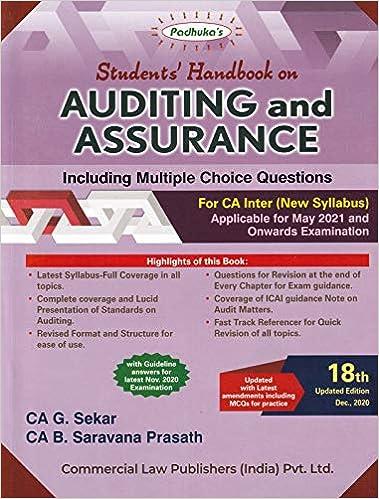Question 4 Kansas Company uses a standard cost accounting system. In 2020, the company produced 28,000 units. Each unit took several pounds of direct materials and 1.6 standard hours of direct labor at a standard hourly rate of $12.00. Normal capacity was 49,900 direct labor hours. During the year, 131,400 pounds of raw materials were purchased at $0.93 per pound. All materials purchased were used during the year.
If the materials price variance was $3,942 favorable, what was the standard materials price per pound? (Round answer to 2 decimal places, e.g. 2.75.) | Standard materials price per pound | | $ | | | | |
| If the materials quantity variance was $18,624 unfavorable, what was the standard materials quantity per unit? | Standard materials quantity per unit | | pounds | | | | |
| What were the standard hours allowed for the units produced? | Standard hours allowed | | hours | | | | |
| If the labor quantity variance was $4,800 unfavorable, what were the actual direct labor hours worked? | Actual hours worked | | hours | | | | |
| | If the labor price variance was $18,080 favorable, what was the actual rate per hour? (Round answer to 2 decimal places, e.g. 2.75.) | | | |
| If total budgeted manufacturing overhead was $349,300 at normal capacity, what was the predetermined overhead rate based on direct labor hours? (Round answer to 2 decimal places, e.g. 2.75.) | Predetermined overhead rate | | $ | | | | |
| | What was the standard cost per unit of product? (Round answer to 2 decimal places, e.g. 2.75.) | | | |
| | How much overhead was applied to production during the year? | | | |
| | Using one or more answers above, what were the total costs assigned to work in process? (Round standard cost per unit to 2 decimal places, e.g. 2.75 and final answer to 0 decimal places, e.g. 125.) | | |






